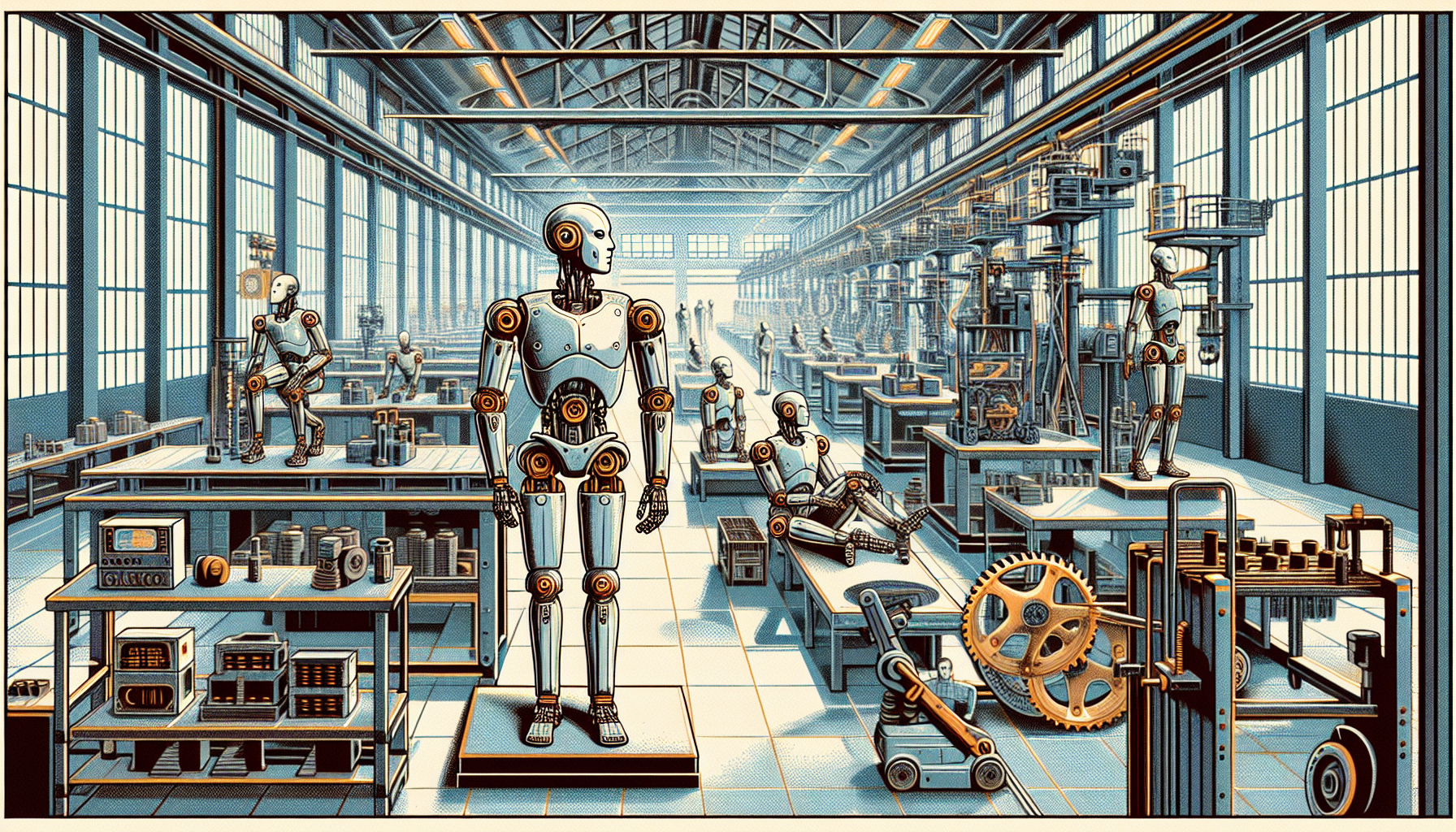In a bold and visionary move, China’s top electric vehicle (EV) makers are steering into the realm of humanoid robots. These companies, renowned for reshaping the automotive landscape with their electric vehicles, are now channeling their expertise into developing human-like machines. This strategic transition is fueled by their need to diversify and capitalize on their technological strengths and market position.
### The Driving Force Behind the Transition
China’s EV market is fiercely competitive, and only a few major players have managed to cement their leadership. Companies like BYD, XPeng, NIO, and the GAC Group have emerged as dominant forces. Now, as the clamor of the EV race quiets, these titans are turning their sights to humanoid robotics, leveraging the robotic and mechatronics systems they perfected in their smart factories.
### Strategic Advantages in Technology and Supply
China’s EV leaders have a distinct edge in the humanoid robots sector, thanks to their robust supply chains and deep technological roots. Their closeness to the electronics industry, an area where they command a significant advantage, boosts their capabilities even further. Technologies critical in EVs, like spatially aware AI and advanced battery systems, smoothly transition into the world of robotics.
Furthermore, China commands a significant portion of the global supply chain for essential humanoid-robot components, especially in actuator parts and rare earth materials. This control enables Chinese firms to produce humanoid robots more economically than many international rivals. For instance, the Unitree H1 humanoid is priced at $90,000, which is considerably more affordable than Boston Dynamics’ comparable Atlas.
### The Front Runners in Innovation
Chinese EV companies are already making remarkable progress in humanoid robotics:
– **BYD** has inaugurated a specialized lab dedicated to advancing humanoid robot technology, underscoring their commitment.
– **XPeng** has introduced “Iron,” a bot actively used on their production lines, with further aspirations for diverse applications.
– **NIO** has created a partnership with UBTech and developed an internal R&D team solely focused on humanoid robots.
– **GAC Group** plans to begin mass-production of the “GoMate” robot by 2026, tailored for tasks like wire installations on assembly lines. These robots benefit from EV-honed batteries, offering extended operational hours suited for lengthy shifts.
### Pioneering Efforts by Unitree Robotics
Unitree Robotics stands as a notable player in this field. Known for their quadrupedal and humanoid robots, their creations, such as the G1, are intended for research, academia, and educational pursuits. The G1 is notable for its advanced tech features, including a slim build, 43 degrees of freedom, and equipped with 3D LiDAR and depth cameras for comprehensive scanning. It is positioned as an affordable option in the humanoid robot market.
### Governmental Support and Future Prospects
The Chinese government is fervently backing automation advancements through initiatives like the Robotics+ action plan, aiming to exponentially increase manufacturing robot density by 2025. Regional governments supplement these efforts with substantial research and development funding to foster innovation. Such initiatives reveal China’s dedication to becoming a global heavyweight in robotics, akin to its dominance in the EV sector.
Unitree Robots CEO Wang Xingxing articulates the landscape succinctly, likening the current state of robotics to a “trillion-yuan battlefield waiting to be claimed,” drawing a parallel with the EV market from ten years ago. This statement captures the potential for explosive growth and innovation in humanoid robotics, with China poised to lead this transformative sector.
### Challenges and the Path Ahead
Despite their hardware prowess and application expertise, Chinese EV leaders face hurdles, particularly in areas of artificial intelligence and chip production. These pivotal fields remain the stronghold of international giants such as Nvidia and Qualcomm. Bridging these technological gaps will be essential for China to establish itself fully in the humanoid robotics arena.
In conclusion, China’s top EV companies are not just expanding their technological ambitions; they are strategically harnessing their existing strengths to pioneer in the burgeoning field of humanoid robotics. With cost advantages, a robust industrial base, and governmental backing, China is set to spearhead innovation and proliferation in this sector, mirroring their achievements in the electric vehicle market.

Leave a Reply